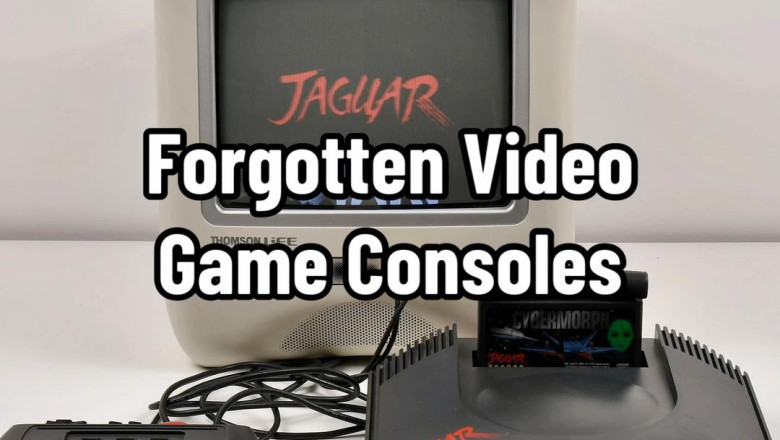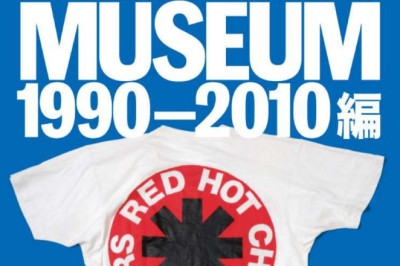
views
1. Philips CD-i [1991]
![Philips CD-i [1991]](https://untetherednews.com/upload/media/entries/2025-11/11/136-entry-0-1762876764.jpg)
The Philips CD-i was marketed as an “interactive multimedia player” rather than a traditional console. It promised educational software, movies, and games all in one machine, but its high $800 price tag turned off consumers. What made it infamous were its disastrous Zelda and Mario spin-offs that became internet legends for all the wrong reasons.
2. Tiger Telematics Gizmondo [2005]
![Tiger Telematics Gizmondo [2005]](https://untetherednews.com/upload/media/entries/2025-11/11/136-entry-1-1762876764.jpg)
The Gizmondo’s story is almost unbelievable. It launched in the UK with hardly any games and sold fewer than 25,000 units. Its creators were later tied to a string of financial scandals that only added to its infamy. Today, it’s remembered as a cautionary tale of ambition without execution.
3. Apple Pippin [1996]
![Apple Pippin [1996]](https://untetherednews.com/upload/media/entries/2025-11/11/136-entry-2-1762876765.jpg)
Yes, Apple once made a game console. The Apple Pippin cost three times as much as a Nintendo 64 and offered a grand total of only 18 games. The system was built on Mac technology but had no clear identity or audience. Today, it’s more of a collector’s curiosity than a gaming milestone.
4. Amstrad GX4000 [1990]
![Amstrad GX4000 [1990]](https://untetherednews.com/upload/media/entries/2025-11/11/136-entry-3-1762876765.jpg)
Alan Sugar’s Amstrad tried to break into gaming with the GX4000, a console that was outdated the moment it launched. Its graphics were unimpressive, and with only about 40 available games, there was little reason for anyone to buy it. It vanished from store shelves within a year.
5. 3DO Interactive Multiplayer [1993]
![3DO Interactive Multiplayer [1993]](https://untetherednews.com/upload/media/entries/2025-11/11/136-entry-4-1762876765.jpg)
The 3DO was ahead of its time, boasting impressive specs and multimedia capabilities. Unfortunately, it also came with a staggering $700 price tag, making it unaffordable for most gamers. Without strong developer support, it couldn’t compete with cheaper and better-funded rivals like Sony and Sega.
6. Neo Geo CD [1994]
![Neo Geo CD [1994]](https://untetherednews.com/upload/media/entries/2025-11/11/136-entry-5-1762876765.jpg)
SNK’s Neo Geo CD brought arcade-quality games to living rooms, but it came with a major flaw: painfully long load times. Players often spent more time waiting than playing, which overshadowed its otherwise excellent library. Despite SNK’s loyal fans, it never caught on with the mainstream.
7. Ouya [2013]
![Ouya [2013]](https://untetherednews.com/upload/media/entries/2025-11/11/136-entry-6-1762876765.jpg)
Backed by a successful Kickstarter campaign, the Ouya promised to revolutionize console gaming with an open Android platform. But when it launched, sales were dismal and developers ignored it. Without strong support or compelling games, it was quietly discontinued just a few years later.
8. Atari Jaguar [1993]
![Atari Jaguar [1993]](https://untetherednews.com/upload/media/entries/2025-11/11/136-entry-7-1762876765.jpg)
Atari claimed the Jaguar was the first 64-bit console, but it didn’t live up to the hype. The system was notoriously difficult to develop for, the controller design was clunky, and the game library was weak. It became one of the biggest gaming flops of the 1990s and marked Atari’s last attempt at the console market.
Final Thoughts: The Consoles That Missed the Mark
Every console on this list represents a bold idea that simply didn’t work out. Some were too expensive, others too early for their time, and a few were just plain bad. But these failed systems still shaped gaming history in unexpected ways. Without their mistakes, we might not have seen the innovations that built the gaming world we love today.






















Comments
0 comment